Home>Gardening & Outdoor>Landscaping Ideas>When Should Lawns Be Aerated
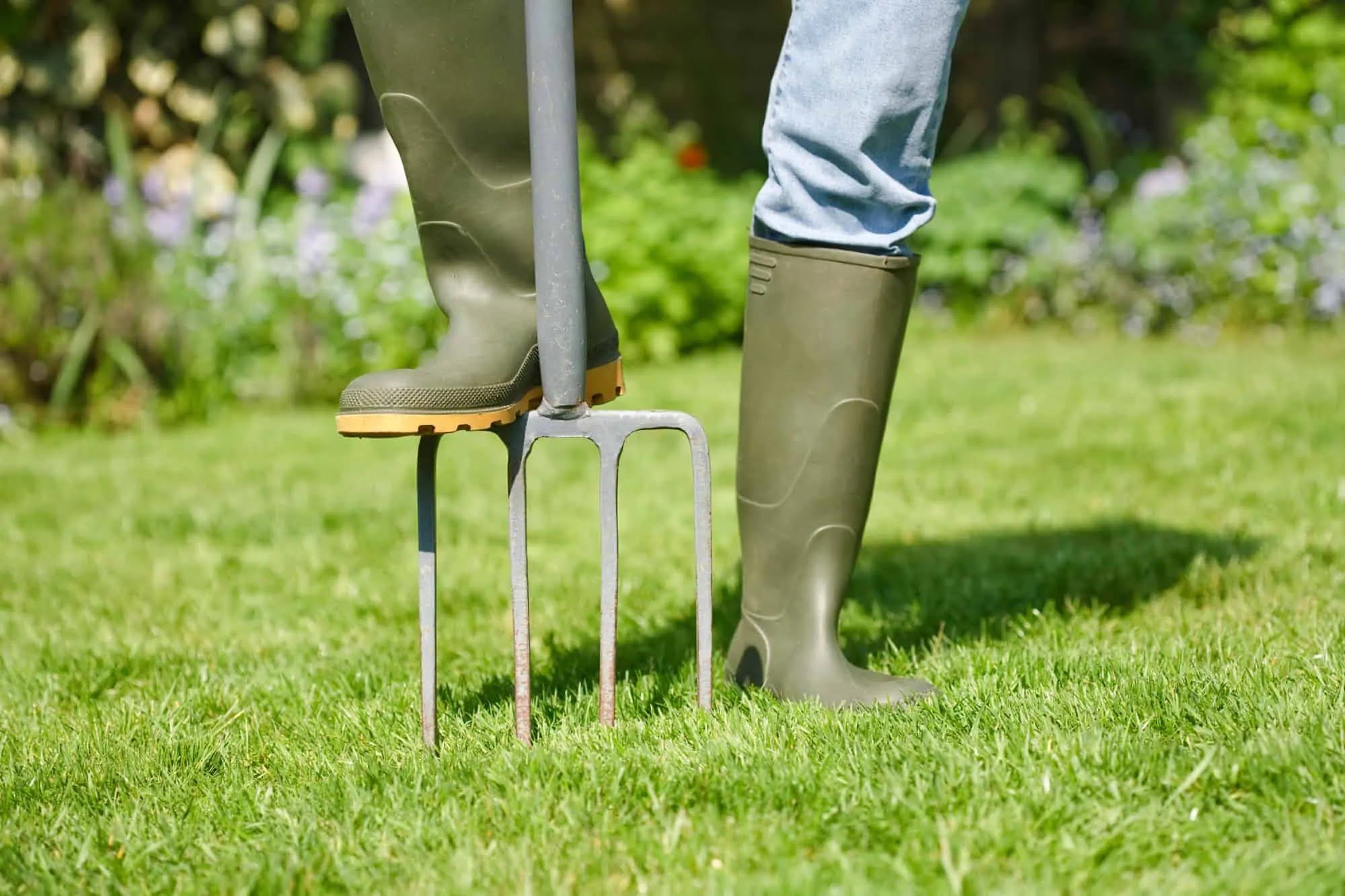

Landscaping Ideas
When Should Lawns Be Aerated
Modified: February 1, 2024
Discover the best time for lawn aeration and other essential landscaping ideas to maintain a healthy and vibrant yard. Explore expert tips and guidance.
(Many of the links in this article redirect to a specific reviewed product. Your purchase of these products through affiliate links helps to generate commission for Storables.com, at no extra cost. Learn more)
Introduction
Introduction
Maintaining a lush, vibrant lawn requires more than regular mowing and watering. It involves understanding the unique needs of your grass and soil to ensure optimal health and growth. One crucial aspect of lawn care that is often overlooked is aeration. In this comprehensive guide, we will explore the significance of lawn aeration, the best practices for aerating your lawn, and the ideal time to perform this essential task. Whether you are a seasoned lawn care enthusiast or a novice homeowner looking to enhance your outdoor space, understanding the nuances of lawn aeration is key to achieving a verdant and resilient lawn. So, let's delve into the world of lawn aeration and uncover the secrets to a thriving, picture-perfect lawn.
What is Lawn Aeration?
Key Takeaways:
- Lawn aeration involves poking small holes in the soil to help air, water, and nutrients reach the grassroots, promoting a healthier and more resilient lawn.
- Signs that your lawn needs aeration include soil compaction, poor drainage, weak grass growth, and high-traffic areas. Aerate your lawn based on grass type and soil moisture for best results.
Read more: When Should I Aerate And Seed My Lawn
What is Lawn Aeration?
Lawn aeration is a fundamental practice that involves perforating the soil with small holes to alleviate compaction and enhance the flow of air, water, and nutrients to the grassroots. Over time, the soil beneath your lawn can become compacted due to various factors such as foot traffic, heavy machinery, or natural soil composition. This compaction restricts the movement of essential elements within the soil, hindering the overall health and vitality of your lawn. Aeration serves as a remedy for this issue, promoting robust root growth and improving the resilience of the grass.
There are two primary methods of lawn aeration: core aeration and spike aeration. Core aeration, also known as core cultivation, involves extracting small plugs of soil from the ground, creating channels for air and water to penetrate the soil. On the other hand, spike aeration utilizes solid tines or spikes to puncture the soil, facilitating aeration through the formation of holes without removing soil cores. While both methods offer benefits, core aeration is widely regarded as the more effective technique for addressing soil compaction and enhancing the overall health of the lawn.
Lawn aeration is a proactive measure that can significantly contribute to the long-term well-being of your lawn. By fostering a conducive environment for root development and nutrient absorption, aeration plays a pivotal role in promoting a thick, lush lawn that is better equipped to withstand environmental stressors and maintain its vibrancy throughout the seasons.
Benefits of Lawn Aeration
Lawn aeration offers a myriad of benefits that directly contribute to the overall health and appearance of your lawn. Understanding these advantages underscores the importance of incorporating aeration into your regular lawn care regimen. Here are some key benefits of lawn aeration:
- Improved Air Circulation: Aeration facilitates better air exchange between the soil and the atmosphere, creating an optimal environment for root respiration and growth. This, in turn, enhances the overall health and vitality of the grass.
- Enhanced Nutrient Absorption: By loosening the soil and reducing compaction, aeration allows for improved penetration of essential nutrients, promoting robust root development and nutrient uptake.
- Effective Water Infiltration: Aeration helps prevent water runoff and promotes efficient water absorption into the soil, reducing the risk of water pooling on the surface and ensuring that moisture reaches the grassroots.
- Stress Tolerance: A well-aerated lawn is better equipped to withstand environmental stressors such as heat, drought, and heavy foot traffic, as the improved root system and soil structure enhance the lawn’s resilience.
- Thatch Reduction: Aeration aids in breaking down excessive thatch, the layer of dead grass and organic debris that can accumulate on the soil’s surface, preventing it from suffocating the grass and impeding nutrient absorption.
- Promotion of Microbial Activity: Aeration encourages beneficial microbial activity in the soil, fostering a healthy ecosystem that supports the decomposition of organic matter and the release of essential nutrients.
These benefits collectively contribute to the overall well-being of your lawn, resulting in a lusher, greener, and more resilient turf that enhances the beauty of your outdoor space and provides a welcoming environment for relaxation and recreation.
Signs Your Lawn Needs Aeration
Recognizing the signs that indicate your lawn requires aeration is essential for maintaining its health and vitality. By identifying these indicators, you can address potential issues before they escalate, ensuring that your lawn remains robust and visually appealing. Here are some common signs that your lawn may be in need of aeration:
- Soil Compaction: If your lawn experiences heavy foot traffic, frequent play, or parking of vehicles, the soil may become compacted over time. Compacted soil restricts the movement of air, water, and nutrients, leading to stunted grass growth and diminished overall health.
- Poor Drainage: Water pooling on the surface of your lawn or slow water absorption into the soil indicates potential compaction issues. Aeration can improve water infiltration, preventing waterlogged areas and promoting healthy root development.
- Thatch Buildup: Excessive thatch accumulation can hinder the movement of air, water, and nutrients into the soil, impeding the grass’s ability to thrive. Aeration helps break down thatch and prevent its suffocating effects on the lawn.
- Weak Grass Growth: If certain areas of your lawn exhibit weak or patchy grass growth, it may be a sign of underlying soil compaction or poor root development. Aeration can rejuvenate these areas, promoting healthier grass growth and a more uniform lawn appearance.
- High-Traffic Areas: Sections of the lawn that are frequently traversed or used for recreational activities are more prone to compaction. Aeration can revitalize these high-traffic zones, ensuring that the grass remains resilient and visually appealing.
- Thirsty Grass: If your lawn shows signs of drought stress despite adequate watering, aeration may be necessary to improve water penetration and enhance the grass’s ability to access moisture and nutrients from the soil.
By staying attuned to these signs and symptoms, you can proactively address potential soil compaction and aeration needs, preserving the health and beauty of your lawn for years to come.
Lawns should be aerated in the early spring or fall when the soil is moist but not too wet. This helps reduce soil compaction and allows for better air, water, and nutrient penetration to the roots.
Best Time to Aerate Your Lawn
Timing plays a crucial role in the effectiveness of lawn aeration, as performing this task at the optimal time maximizes its benefits and promotes the overall health of your lawn. The best time to aerate your lawn largely depends on the type of grass you have and the specific environmental conditions in your region. Here are some general guidelines to help you determine the ideal time for aerating your lawn:
- Cool-Season Grasses: For lawns predominantly composed of cool-season grasses such as Kentucky bluegrass, fescue, and ryegrass, the prime time for aeration is during the early spring or fall. Aeration during these seasons allows the grass to recover and flourish in the favorable growing conditions that follow.
- Warm-Season Grasses: Lawns with warm-season grasses like Bermuda grass, Zoysia grass, and St. Augustine grass benefit most from aeration in late spring to early summer. This timing aligns with the active growth phase of warm-season grasses, enabling them to capitalize on the aeration’s rejuvenating effects.
- Optimal Soil Moisture: A crucial factor to consider when scheduling lawn aeration is soil moisture. Ideally, the soil should be moderately moist, but not overly saturated, to facilitate the penetration of aeration equipment and minimize potential soil disruption. Aeration is best avoided during drought conditions or when the soil is excessively wet.
- Avoiding Stressful Periods: It is advisable to refrain from aerating your lawn during periods of extreme heat, drought, or immediately after overseeding. Aeration can be physically taxing for the grass, and subjecting it to additional stressors may hinder its ability to recover and thrive.
By aligning the aeration schedule with the specific needs of your grass type and considering environmental factors such as soil moisture and seasonal growth patterns, you can optimize the effectiveness of lawn aeration and set the stage for a healthy, resilient lawn.
Read more: What Is The Best Aerator For Lawns
How Often Should You Aerate Your Lawn?
The frequency of lawn aeration depends on various factors, including soil type, grass species, and the level of foot traffic your lawn experiences. While aeration is a beneficial practice, overdoing it can potentially disrupt the grass and soil balance. Here are some guidelines to help you determine how often you should aerate your lawn:
- Annual Aeration: For lawns that endure heavy use or are predominantly composed of compacted clay soil, annual aeration is often recommended. This frequent aeration helps alleviate compaction and promotes healthy root development, ensuring that the grass remains robust and resilient.
- Biennial Aeration: Lawns with moderate foot traffic and loamy or sandy soil types may benefit from aeration every two years. This interval allows for the rejuvenation of the soil without subjecting the grass to excessive disruption, striking a balance between soil health and turf aesthetics.
- As-Needed Basis: Observing the signs of soil compaction, thatch buildup, or poor water infiltration in your lawn can guide you in determining the necessity of aeration. Addressing these issues as they arise may lead to aeration on an as-needed basis, ensuring that the lawn’s health is consistently maintained.
It is important to assess the specific conditions of your lawn and make an informed decision regarding the frequency of aeration. By considering the soil composition, grass type, and usage patterns, you can develop a tailored aeration schedule that optimizes the health and appearance of your lawn without imposing unnecessary stress on the grass.
Conclusion
Lawn aeration is a fundamental practice that empowers homeowners to cultivate vibrant, resilient lawns that serve as focal points of natural beauty and recreational enjoyment. By understanding the significance of aeration and its impact on soil health and grass vitality, you can embark on a journey towards nurturing a lush, thriving lawn that enhances the aesthetic appeal of your outdoor space.
From alleviating soil compaction to promoting robust root growth and nutrient absorption, the benefits of lawn aeration are multifaceted and far-reaching. By recognizing the signs that indicate your lawn’s need for aeration and adhering to the optimal timing for this essential task, you can proactively address soil health and lay the groundwork for a resilient, visually stunning lawn.
When determining the frequency of aeration, it is essential to consider the unique characteristics of your lawn, including soil type, grass species, and usage patterns. By tailoring the aeration schedule to suit these specific factors, you can strike a harmonious balance between soil rejuvenation and turf maintenance, ensuring that your lawn remains healthy and vibrant year after year.
As you embark on your lawn care journey, remember that aeration is not just a chore; it is a proactive investment in the long-term well-being of your lawn. By embracing the principles of aeration and integrating them into your regular lawn care routine, you can cultivate a verdant, resilient turf that serves as a source of pride and natural beauty for your home.
So, whether you are preparing for the rejuvenating tasks of spring lawn care or fortifying your lawn for the challenges of the upcoming season, let the principles of lawn aeration guide you towards a thriving, picture-perfect lawn that captivates the senses and enriches your outdoor living experience.
Frequently Asked Questions about When Should Lawns Be Aerated
Was this page helpful?
At Storables.com, we guarantee accurate and reliable information. Our content, validated by Expert Board Contributors, is crafted following stringent Editorial Policies. We're committed to providing you with well-researched, expert-backed insights for all your informational needs.
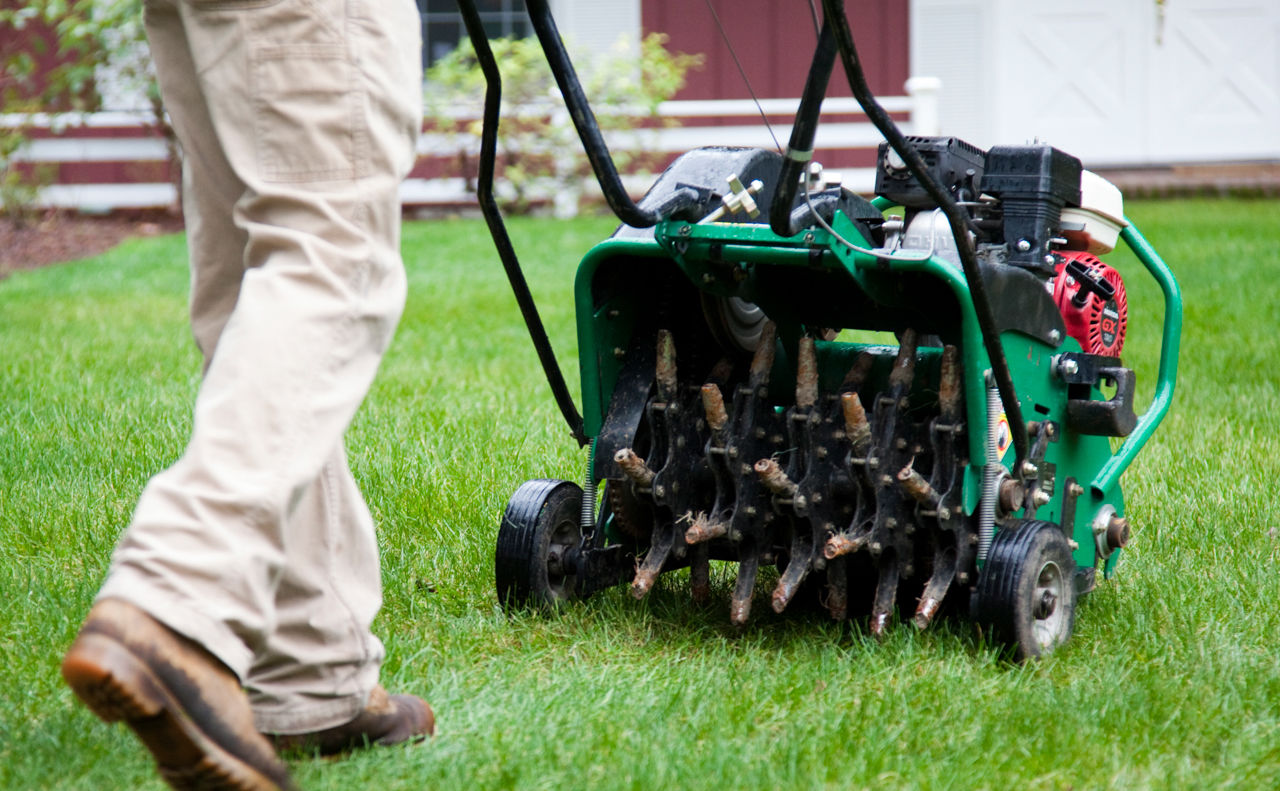
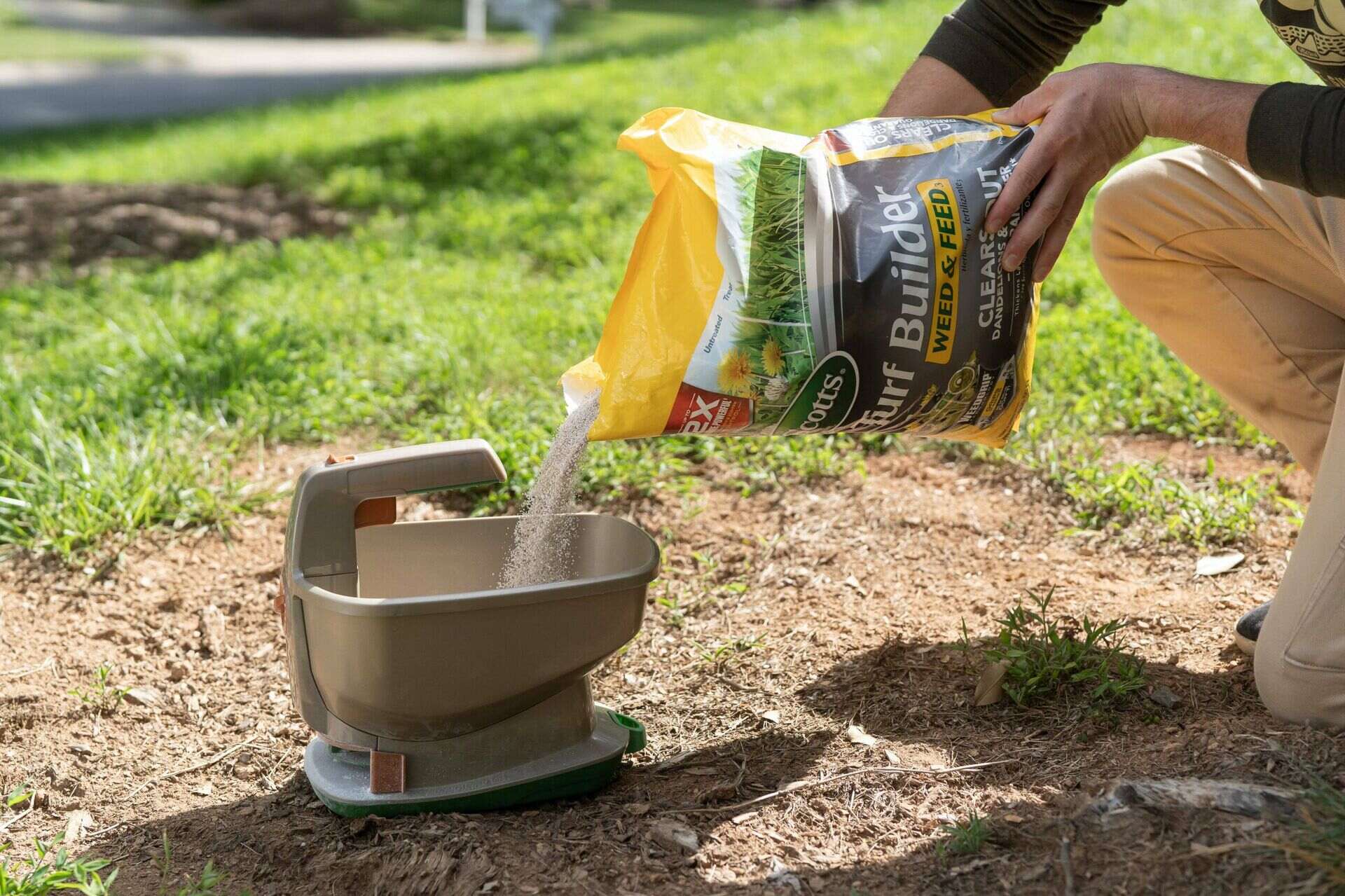

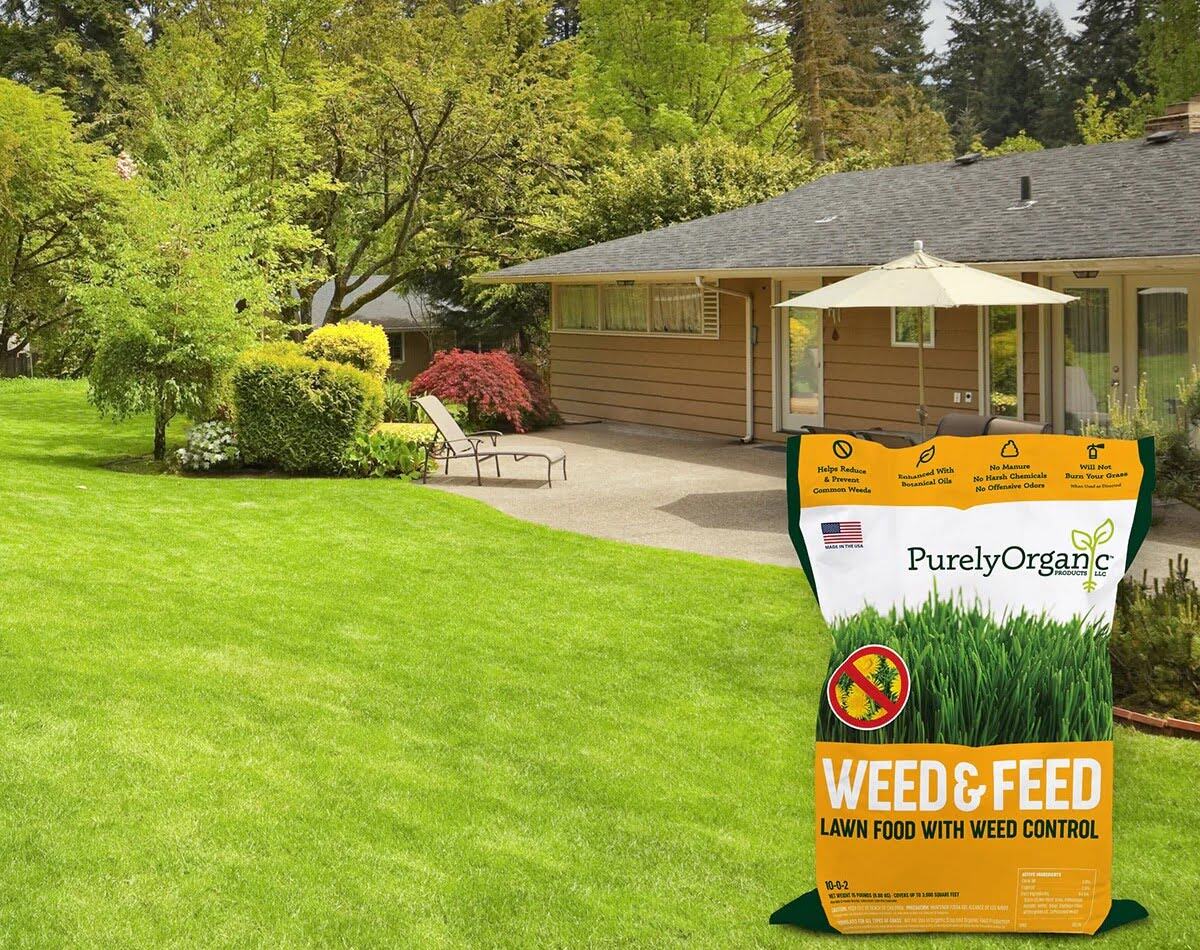
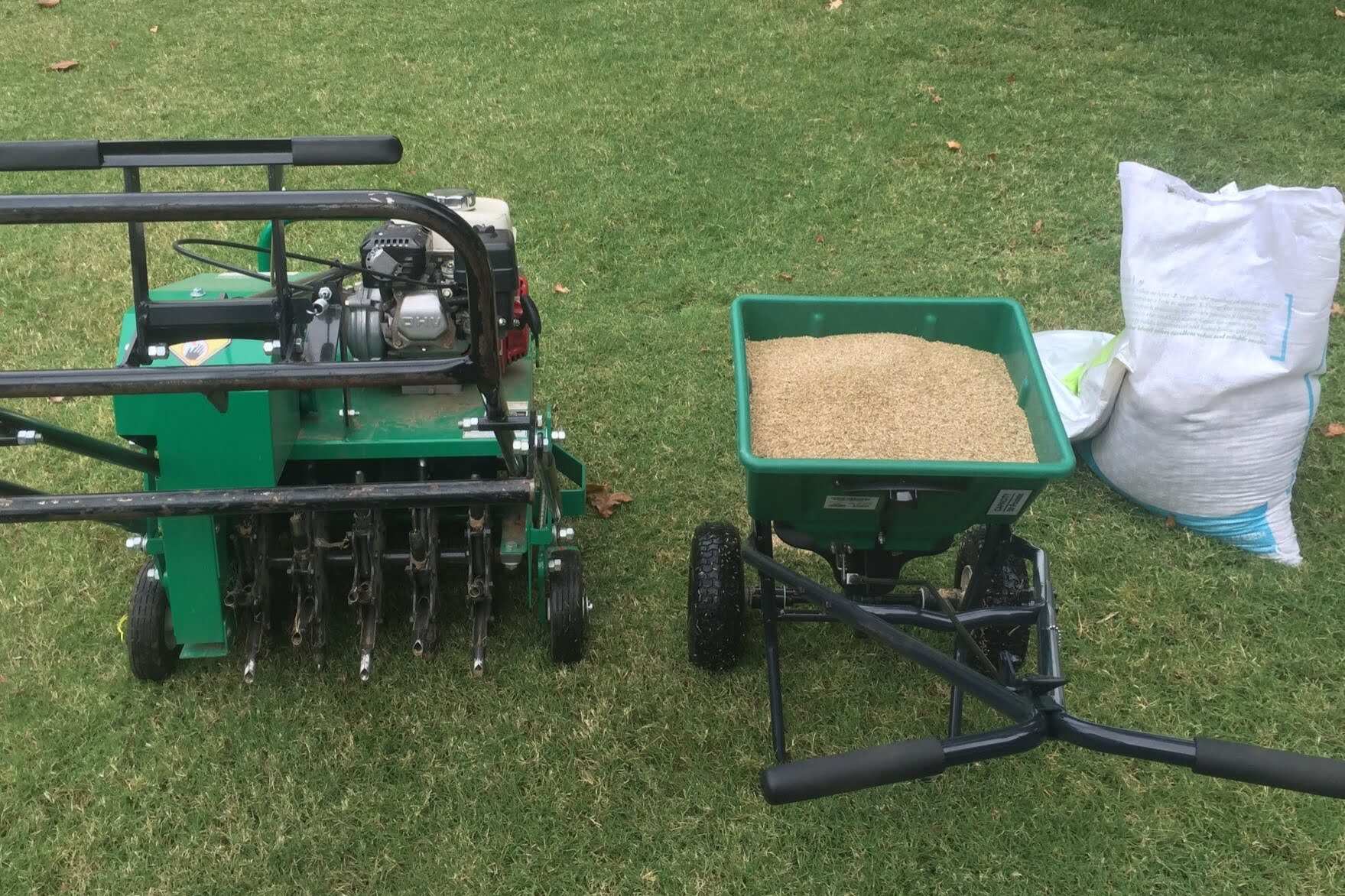
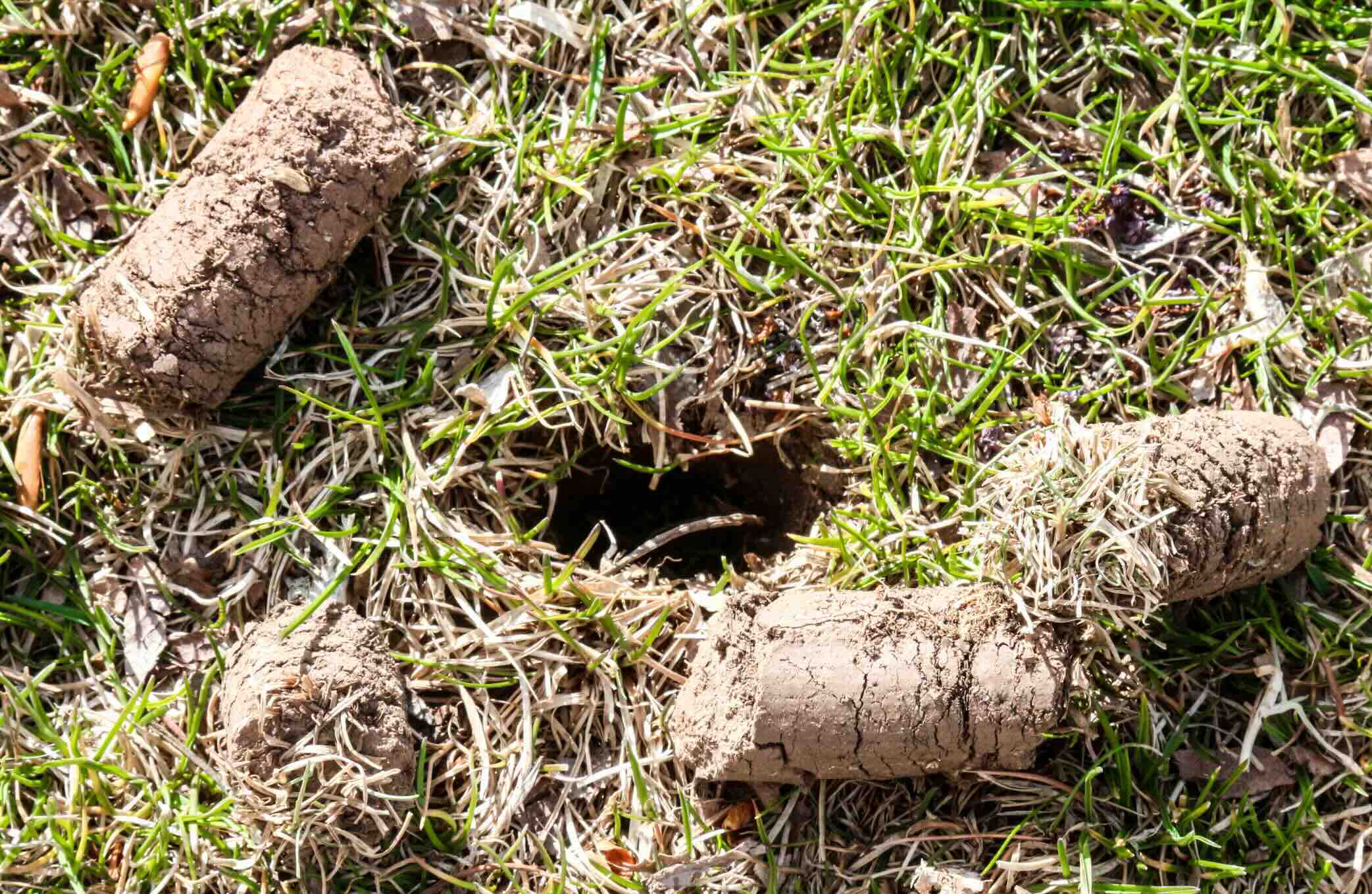
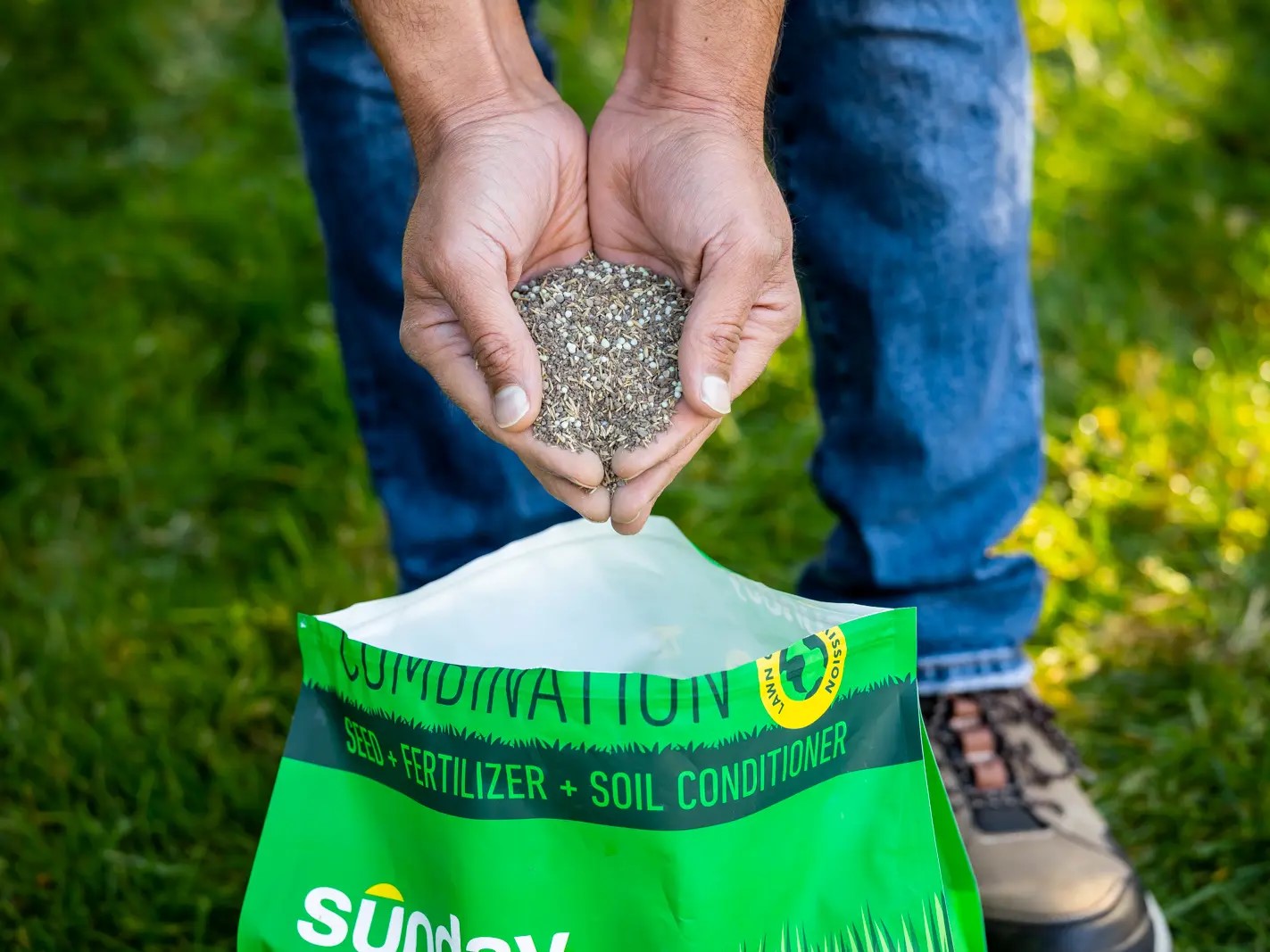
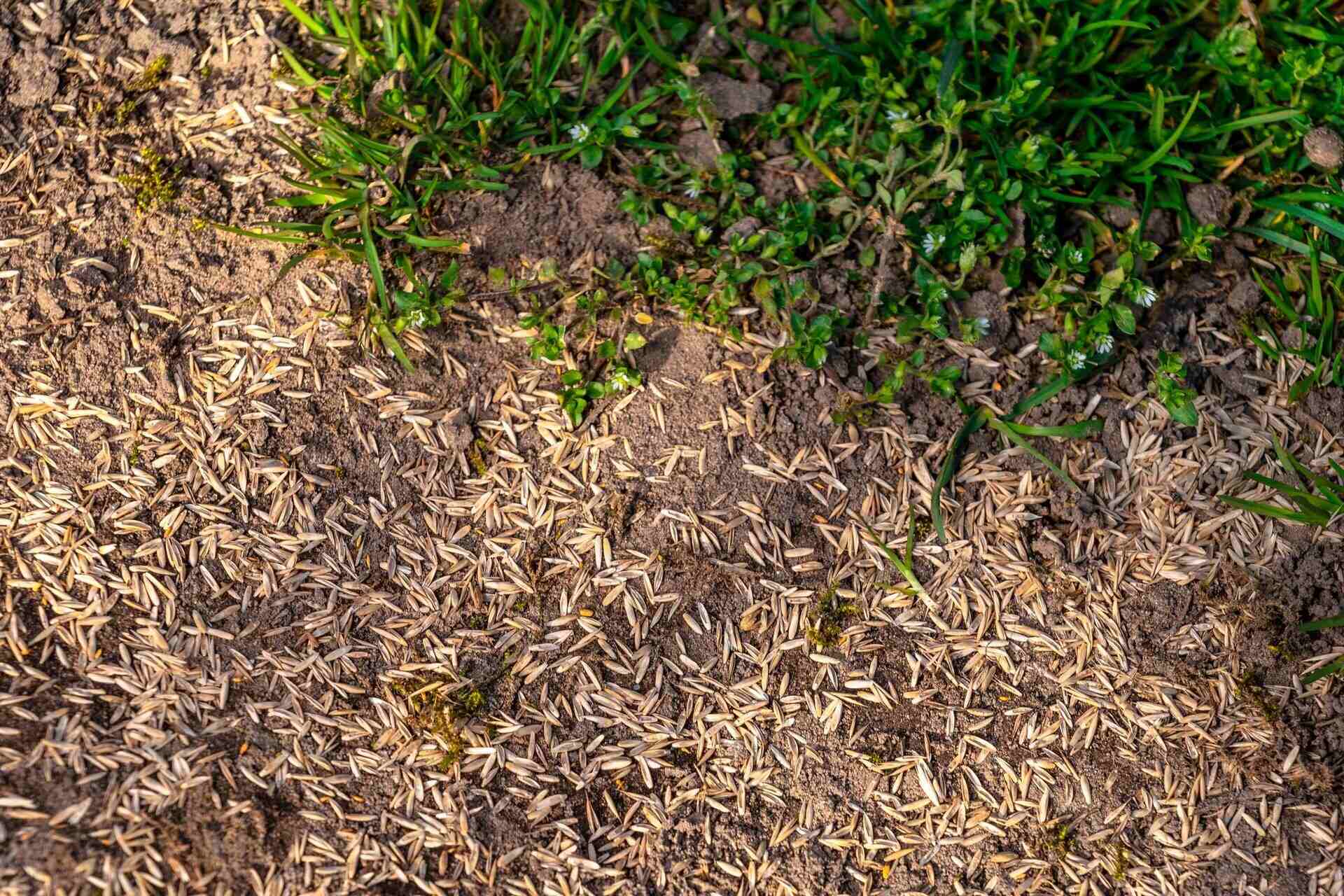
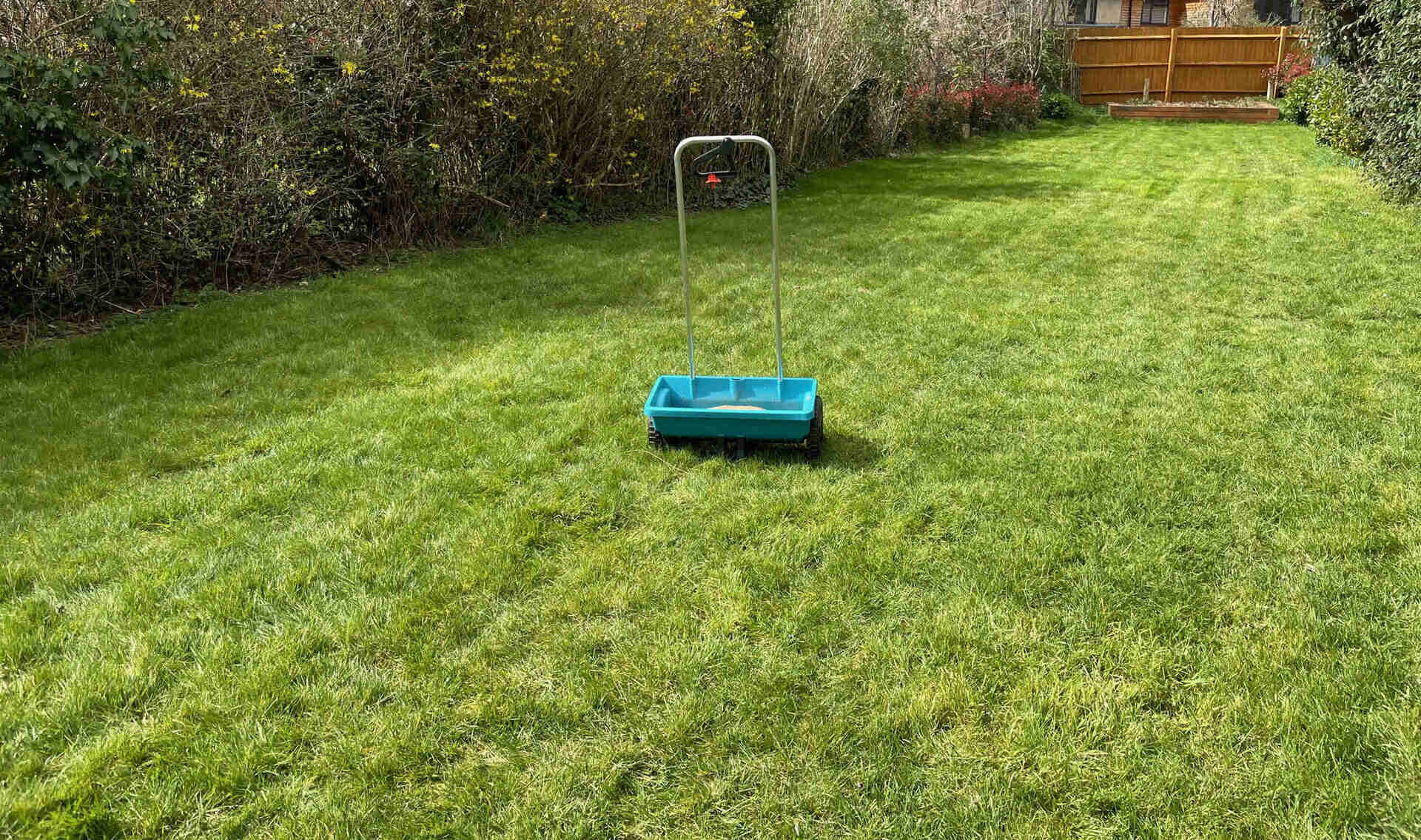
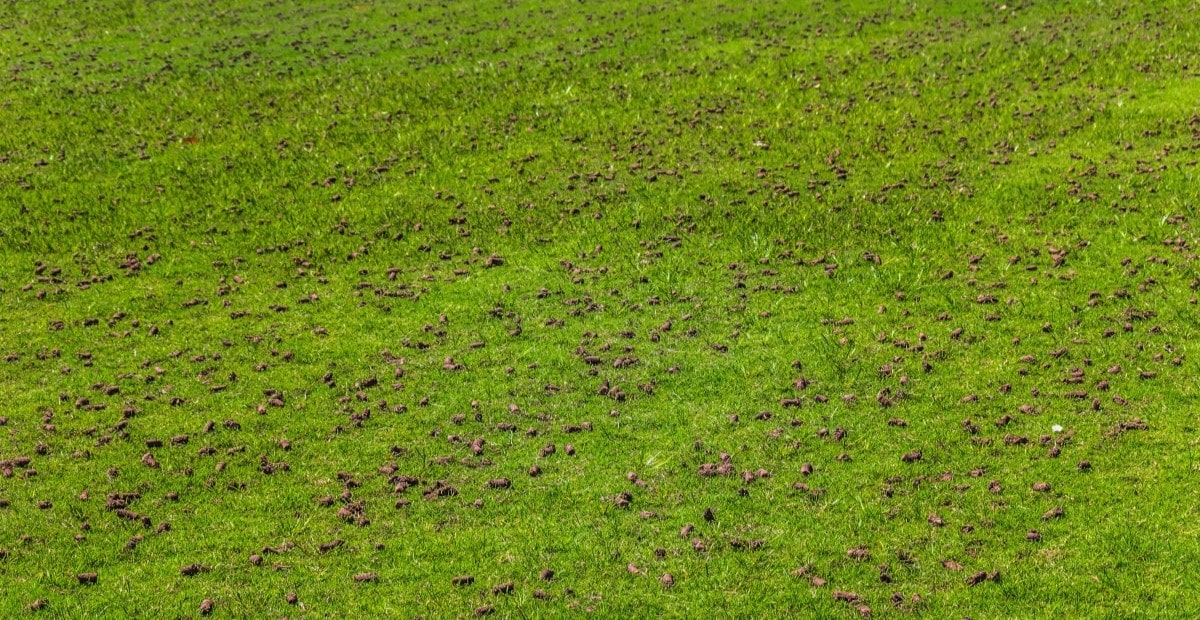
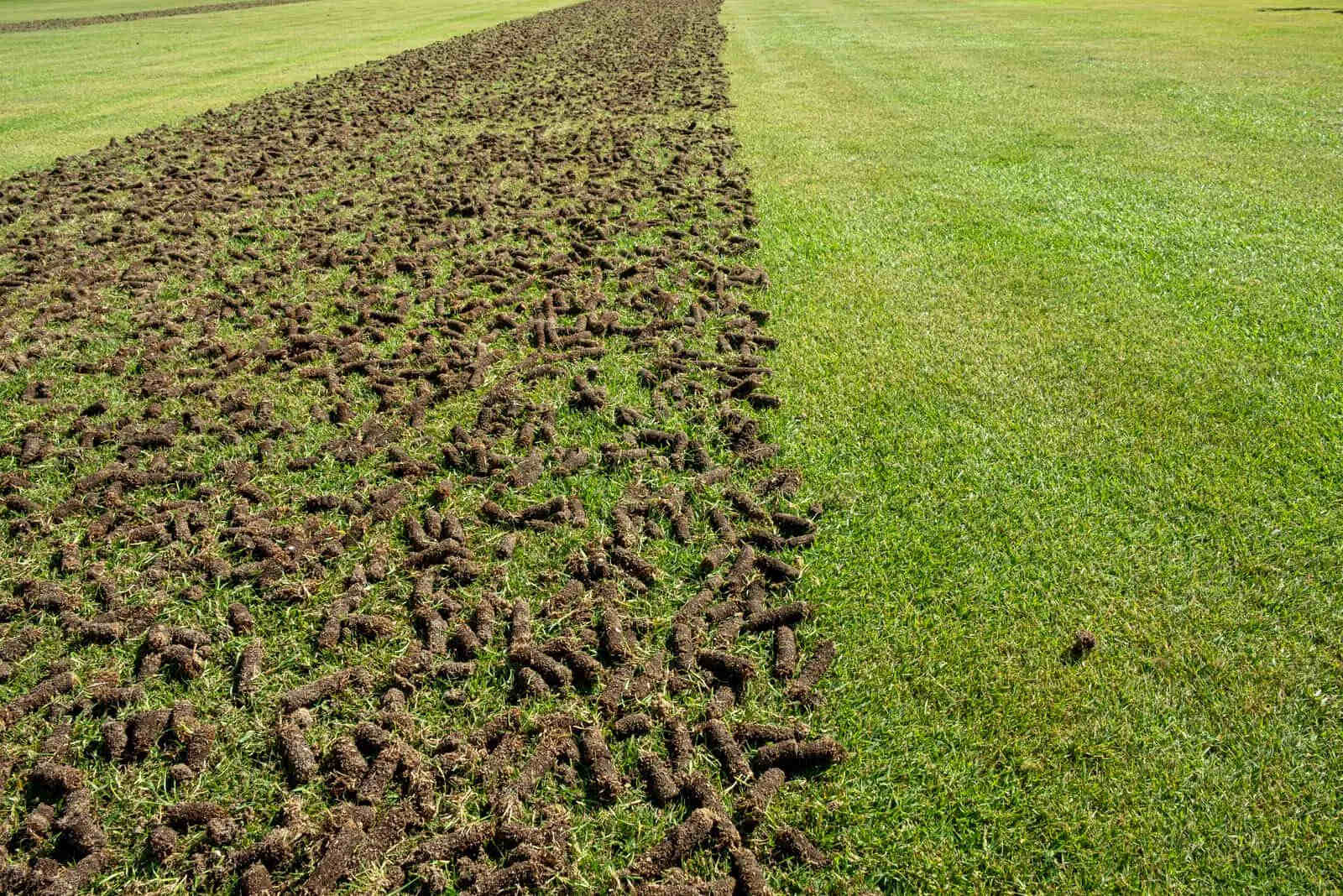
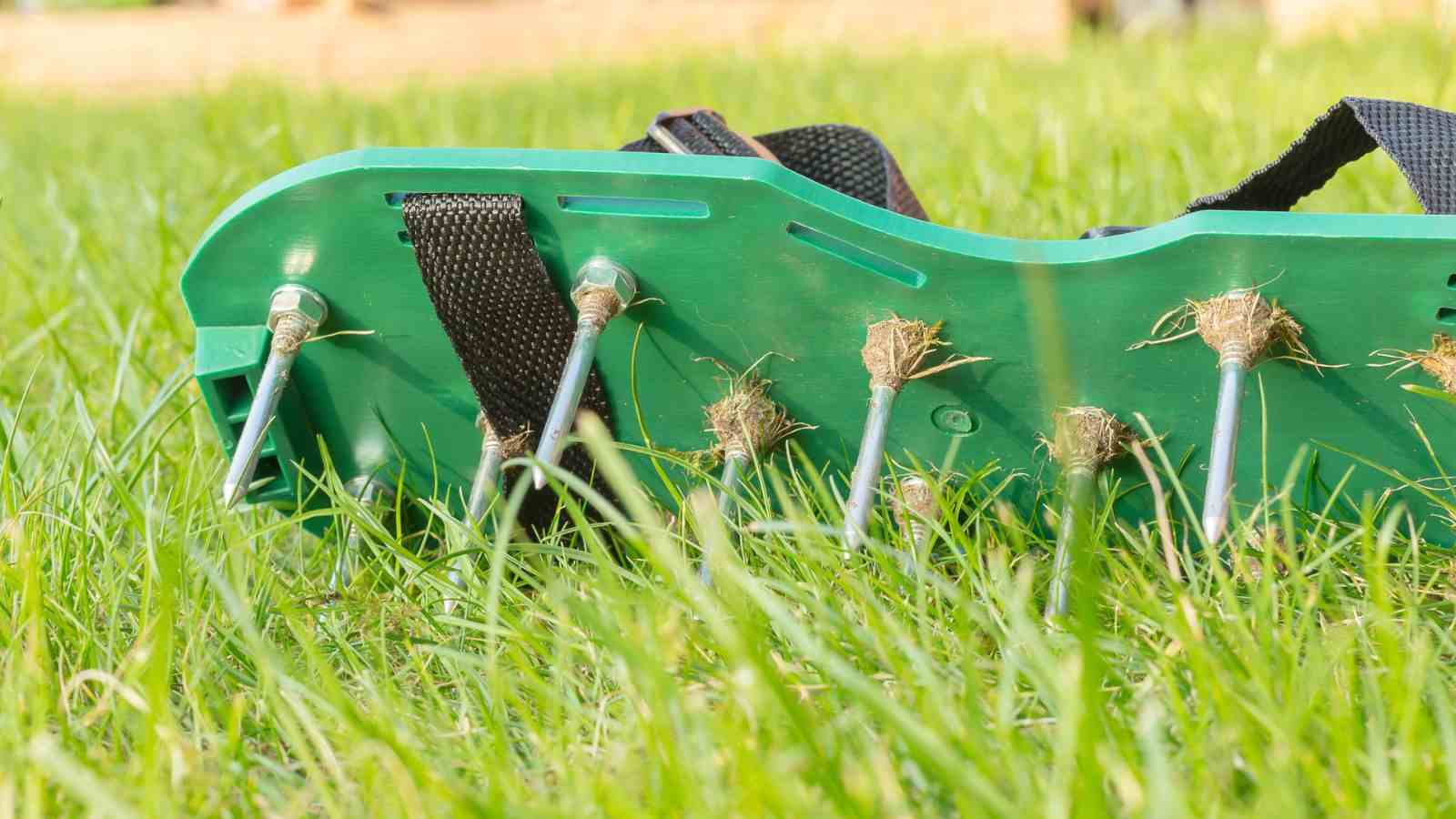

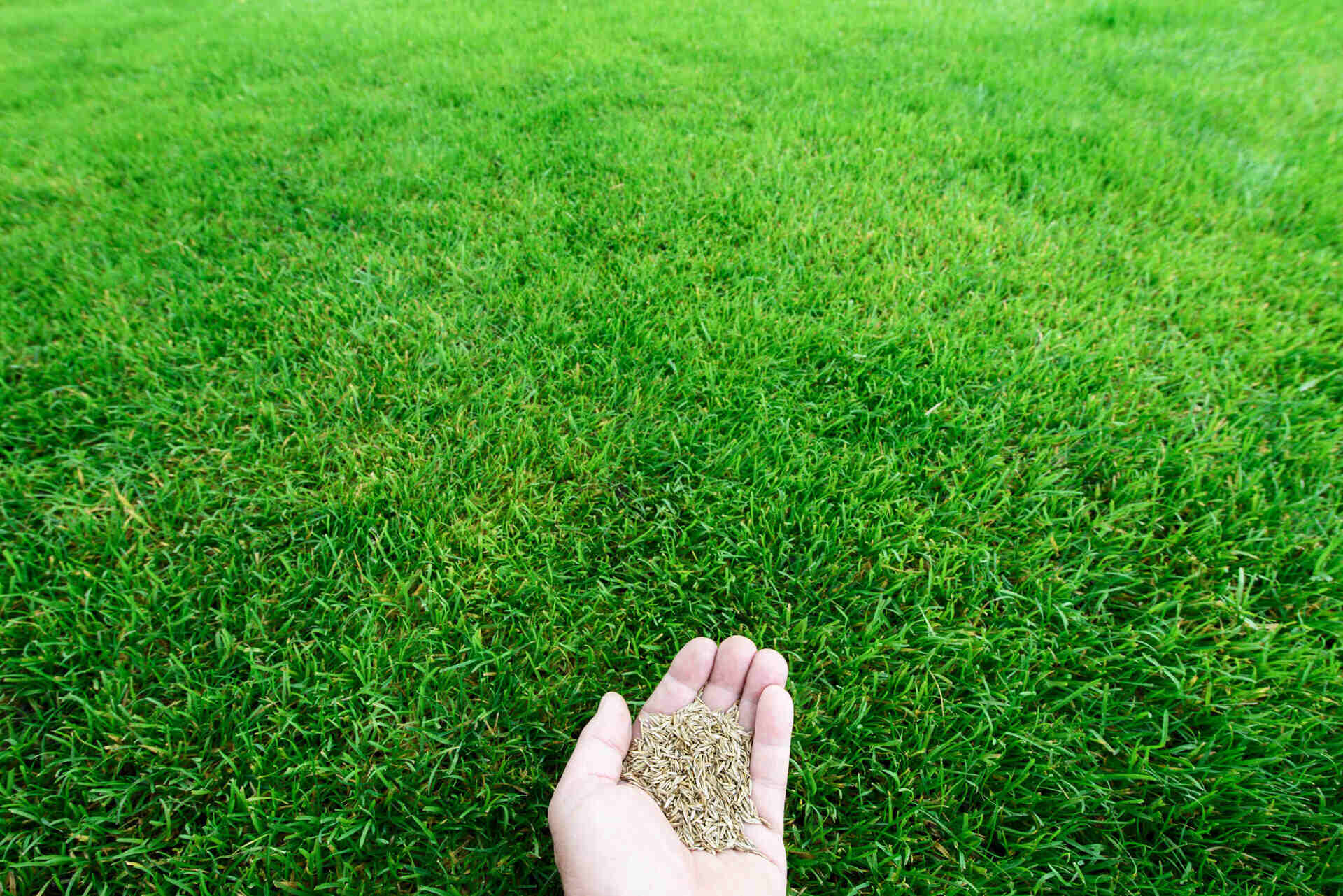

0 thoughts on “When Should Lawns Be Aerated”